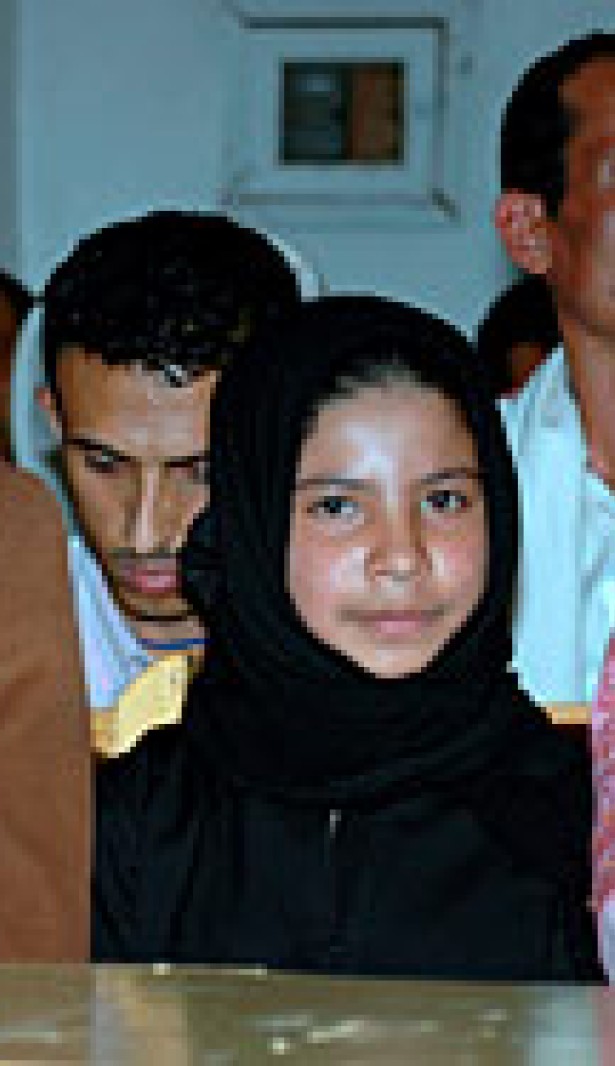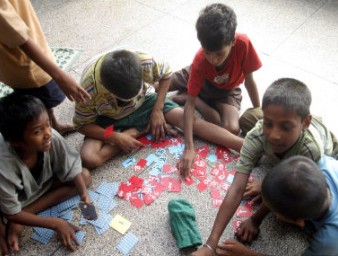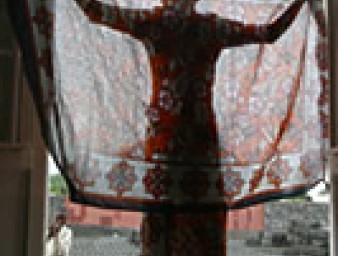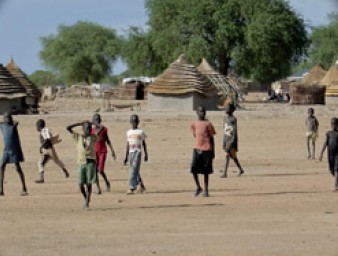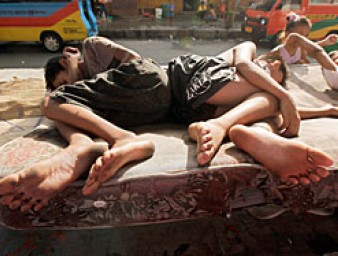Access to justice for children
17 April 2014
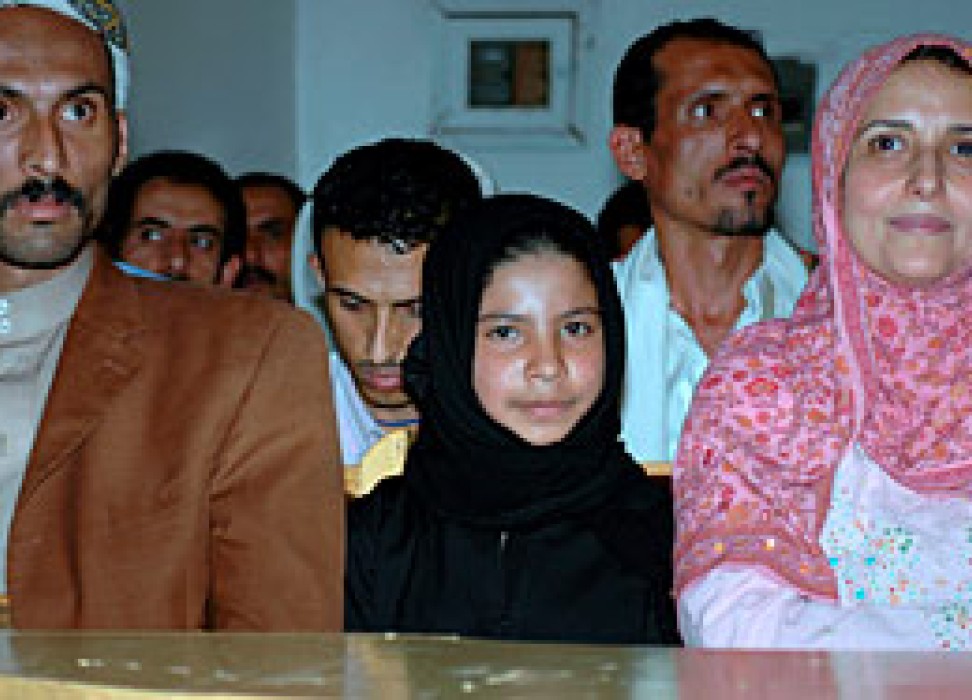
Maria was 16-years-old when she was gang raped by eight boys. Following the attack, she had no legal assistance, as it was not provided for under the law.
“She was attacked by eight boys and she was attacked by eight defence lawyers during two weeks,” said Renate Winter, Member of the Committee on the Rights of the Child during a discussion on access to justice for children. “She was not protected—she was not even assisted by the judge.”
A recent survey of children in 24 countries conducted by Child Rights Connect and presented during the discussion in the context of the Human Rights Council’s 25th session highlighted that 27 per cent of children do not think that the justice system works well in their country, 23 per cent were unsure and only 50 per cent thought that it worked well.
“As I witness through my missions around the world, more often than not, children lack knowledge about how to defend their rights,” said the Special Representative of the Secretary-General on Violence against Children, Marta Santos Pais.
“The justice system is by nature complex and sophisticated but for children it is a labyrinth and very often a frightening setting and they don’t understand anything about it…They do not know where to go and whom to approach for advice and assistance,” she said.
During her opening remarks, the UN Human Rights Deputy Flavia Pansieri said that children may also be reluctant to seek justice because they fear harassment, stigmatization, abandonment, or reprisals against them or their families.
“Access to justice is not only a fundamental right in itself, it is also a prerequisite for the protection and promotion of all other human rights,” she said.
Pansieri emphasized that for children to be empowered to claim their rights, they must be able to give their informed consent to decisions that concern them and they also need to be aware of, and have access to, information about their rights and how to obtain a remedy.
Furthermore, she said that this information has to be adapted to their age, maturity and circumstances and also be available to parents, teachers and people working with children.
Pansieri highlighted the importance of the Third Optional Protocol to the Convention on the Rights of the Child, which, starting in April, will give children from the countries that have ratified it the ability to submit complaints to the Committee on specific human rights violations.
“It means children are able to fully exercise their rights and are empowered to have access to international human rights bodies in the same way adults are under several other human rights treaties,” said Kirsten Sandberg, Chairperson of the Geneva-based Committee on the Rights of the Child, in January.
The full-day meeting, held in March, constituted an international forum to discuss various national and regional initiatives, which strive to improve children’s access to justice. Participants, comprising of representatives from countries, NGOs and national human rights institutions, identified best practices and remaining challenges in realizing children’s access to justice.
17 April 2014
